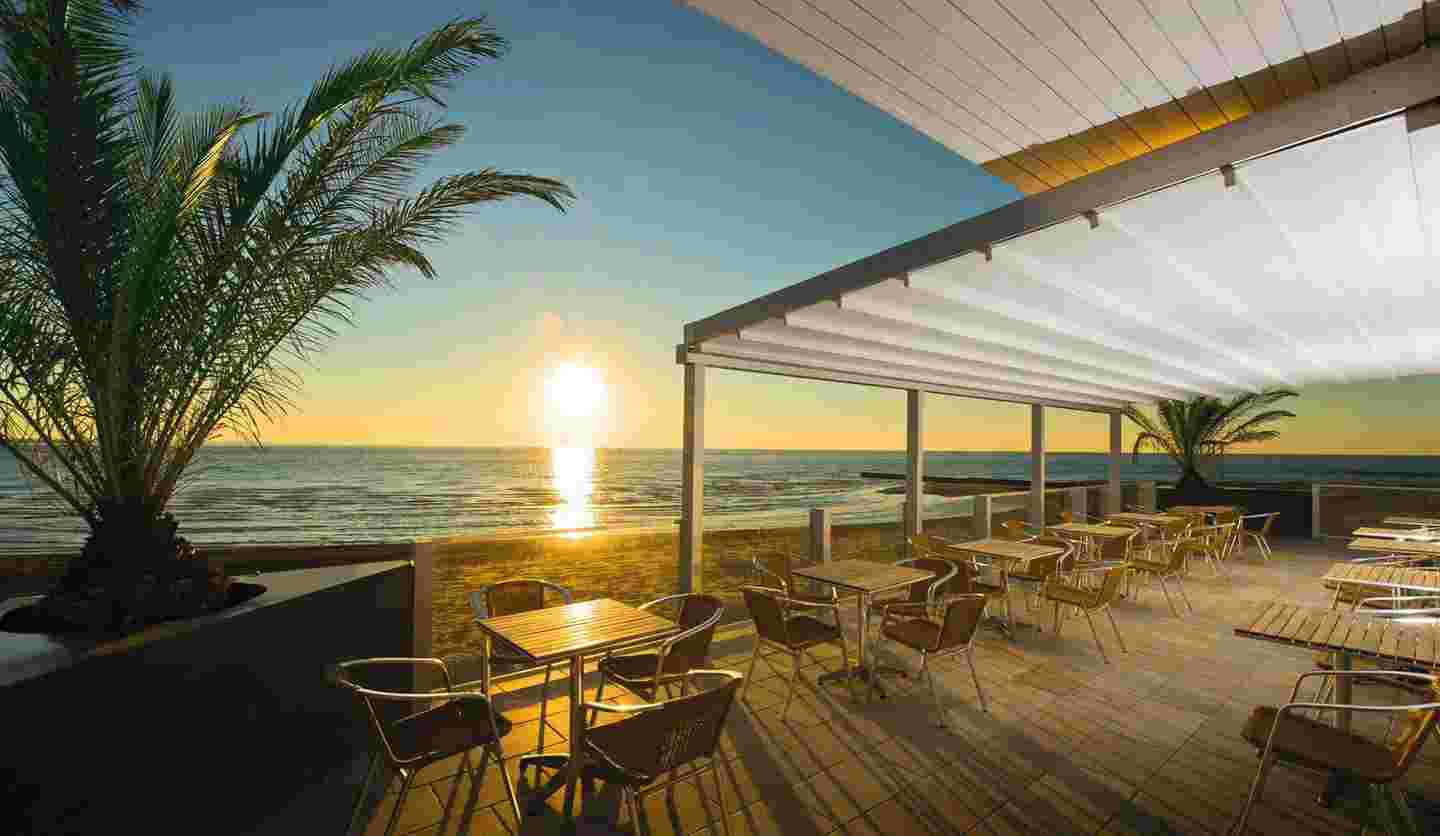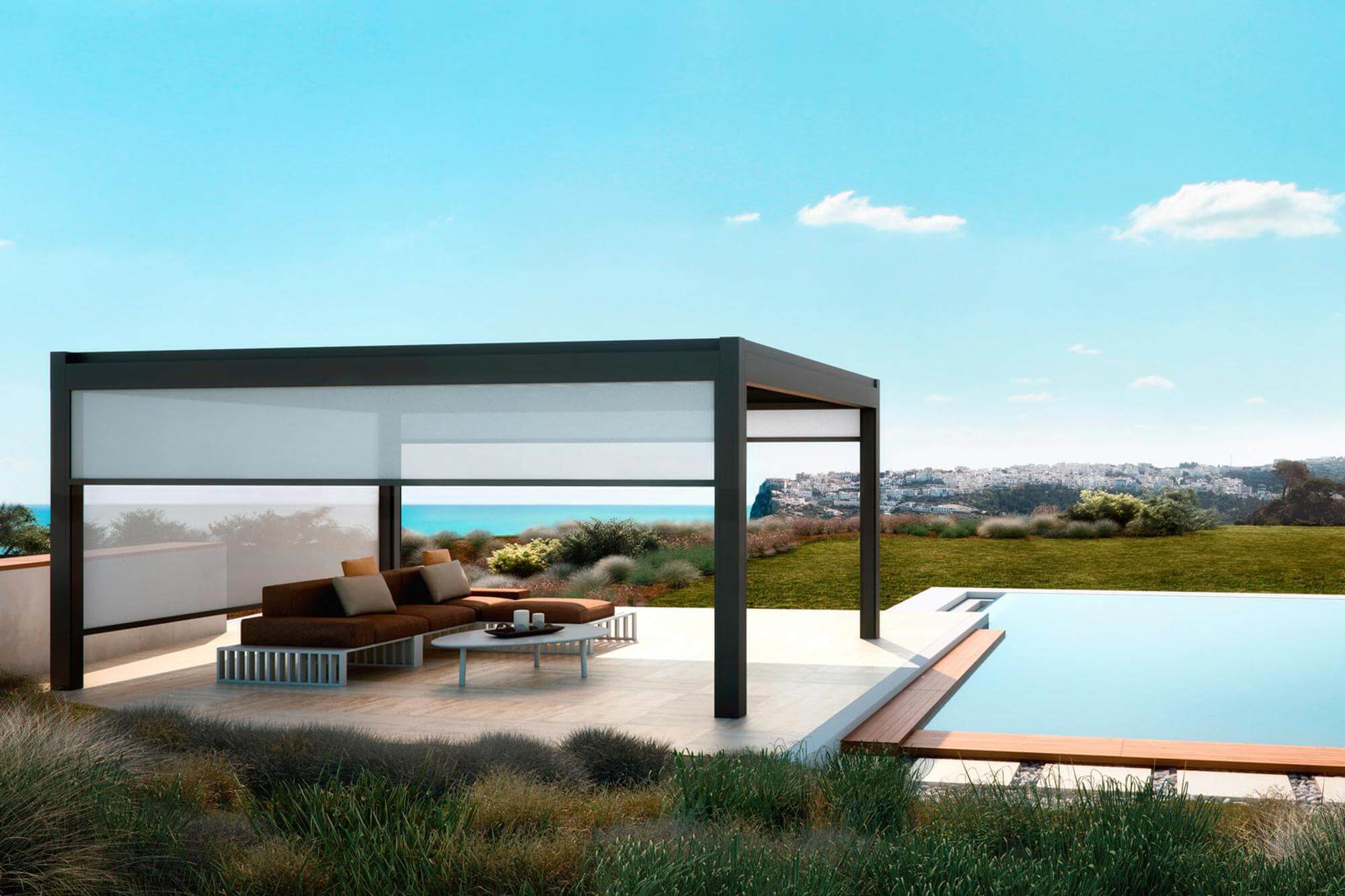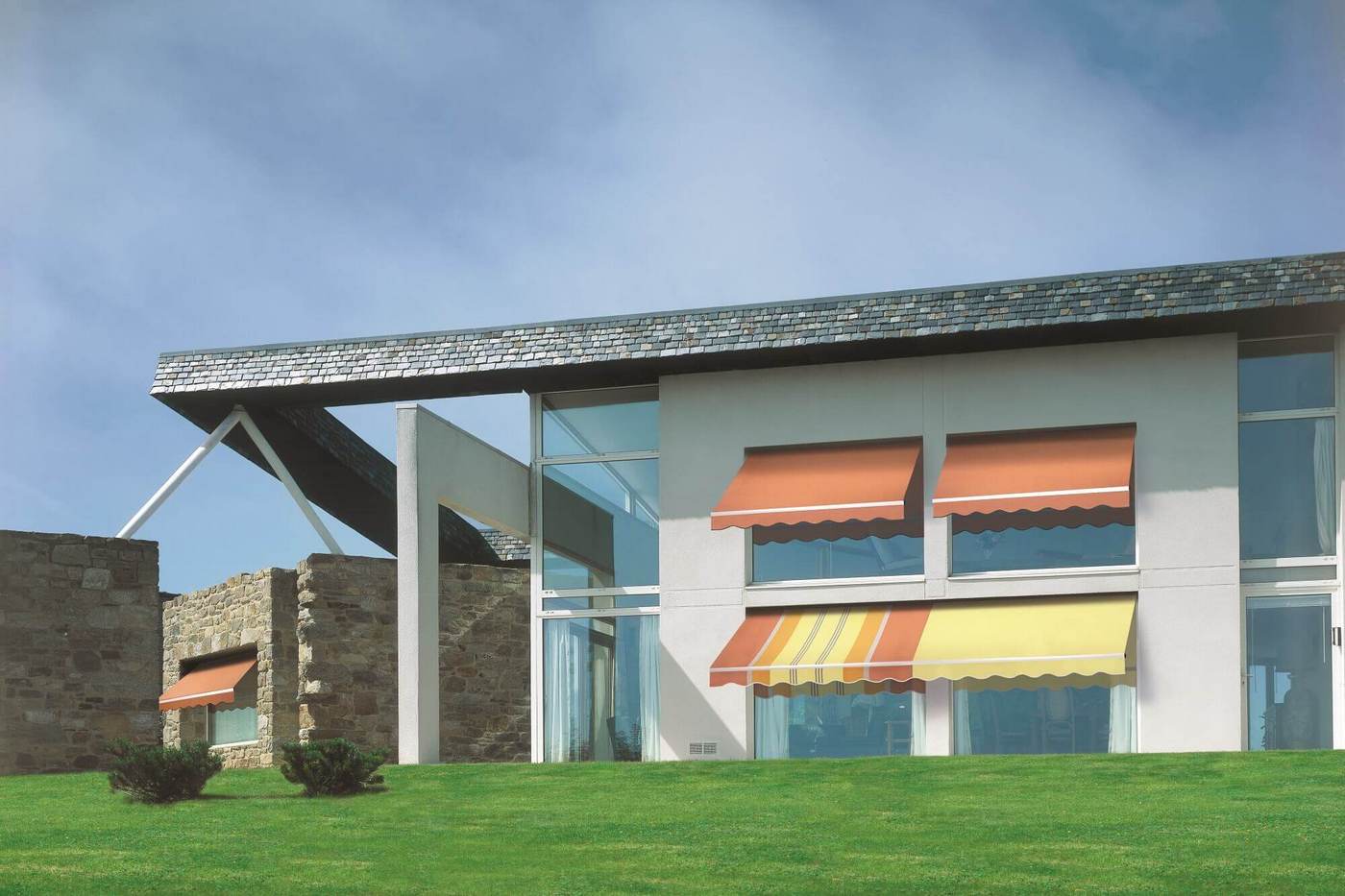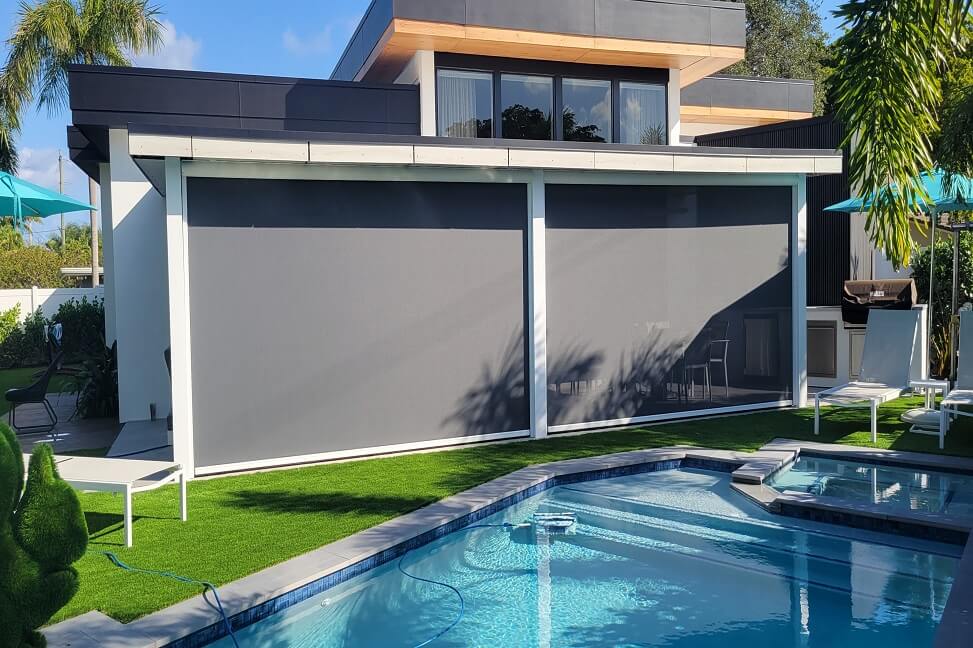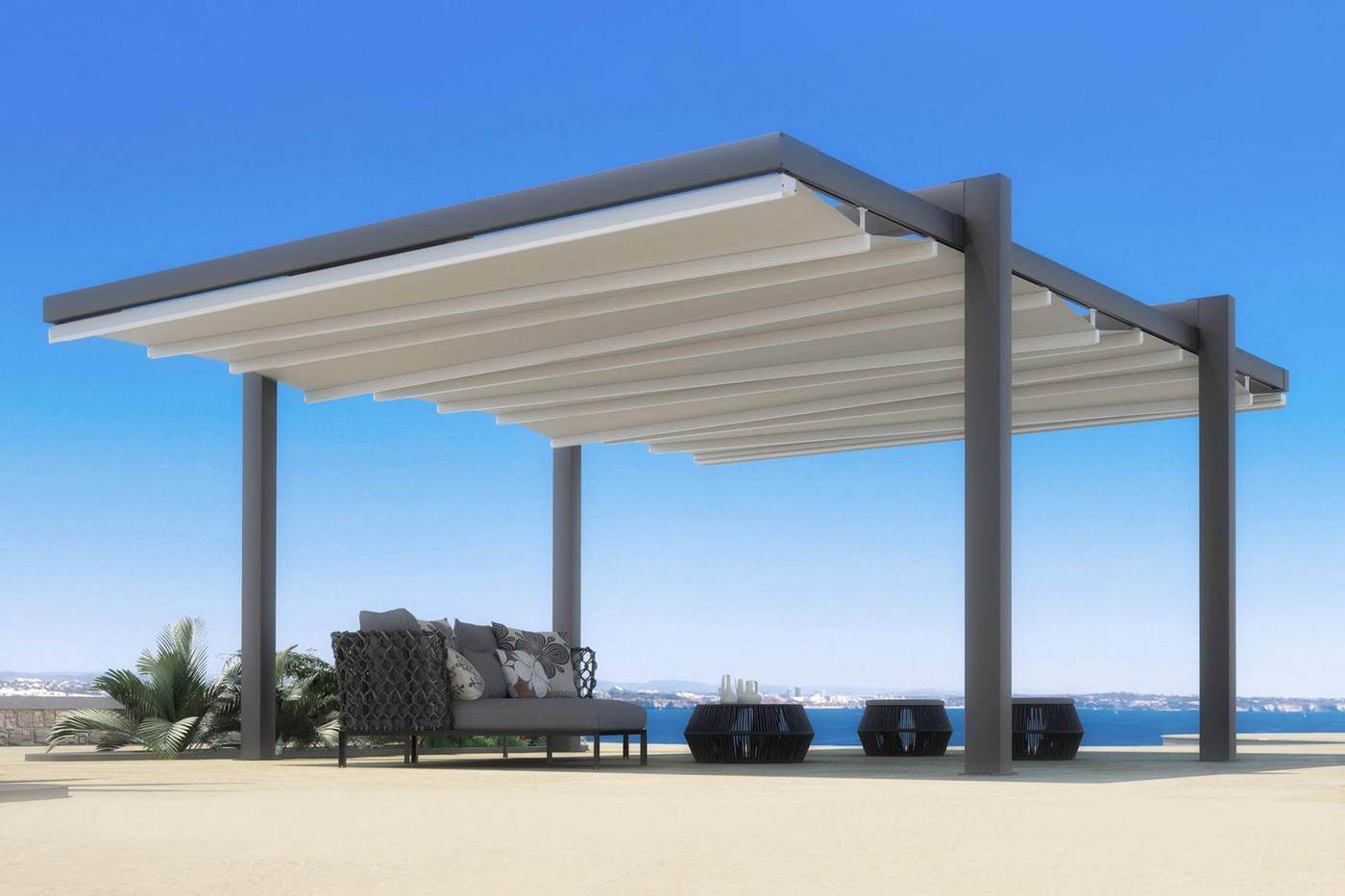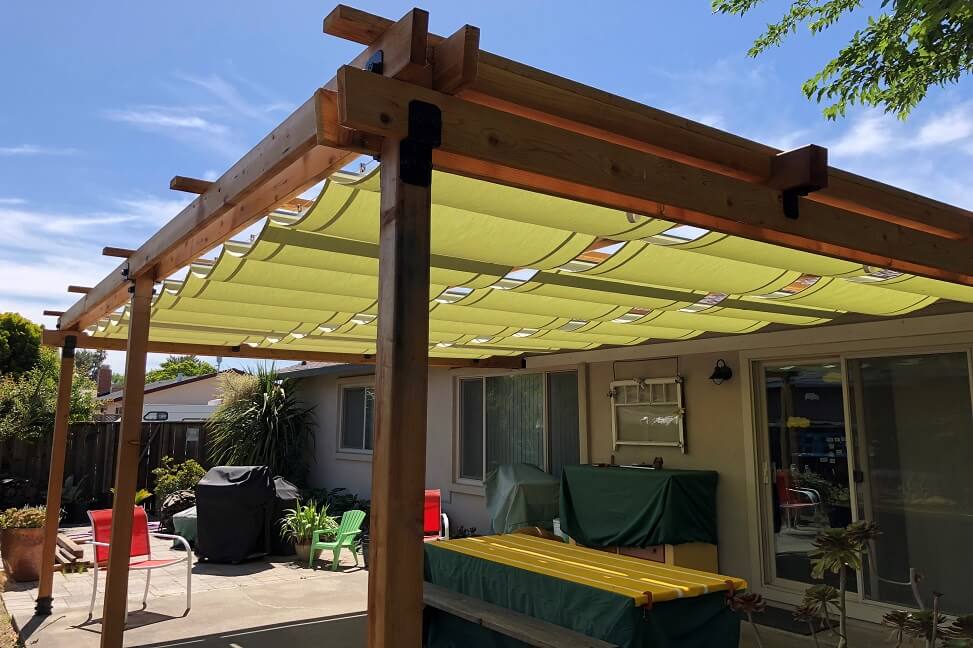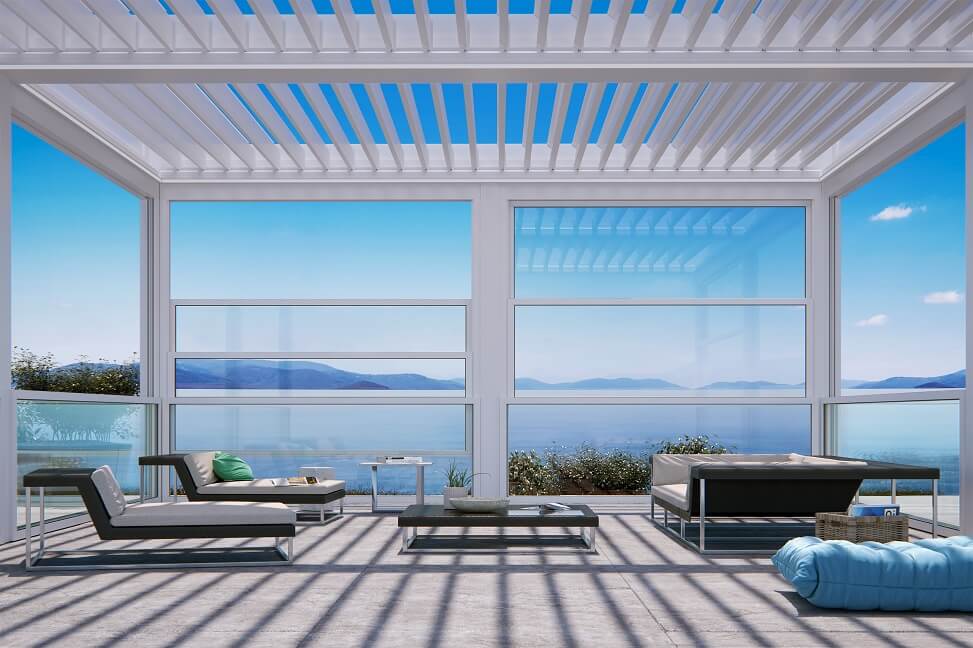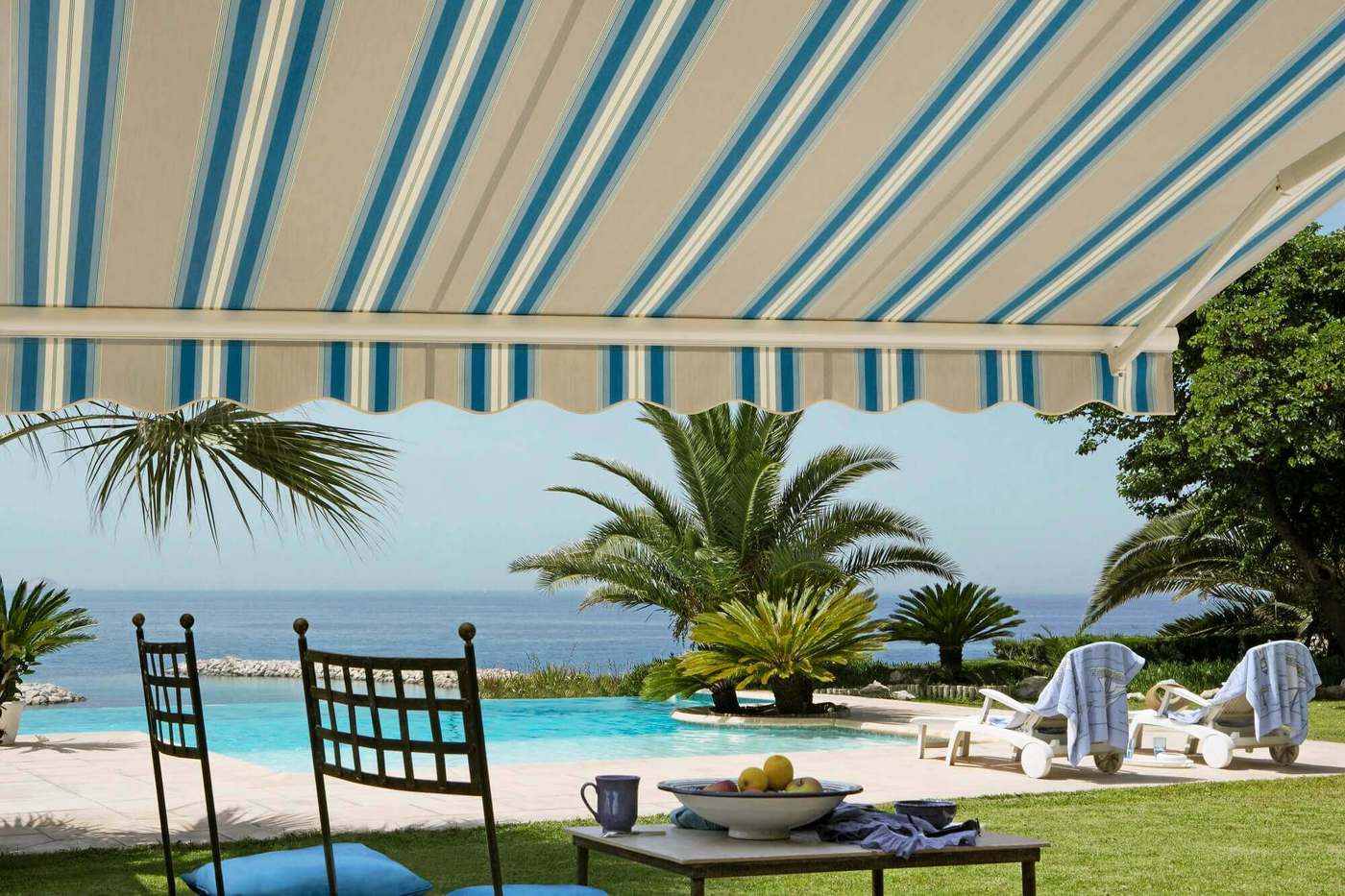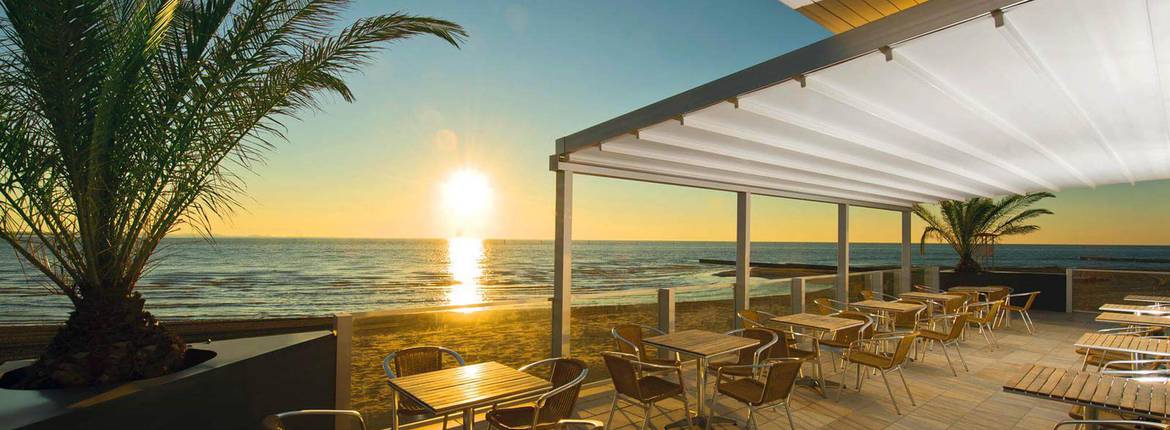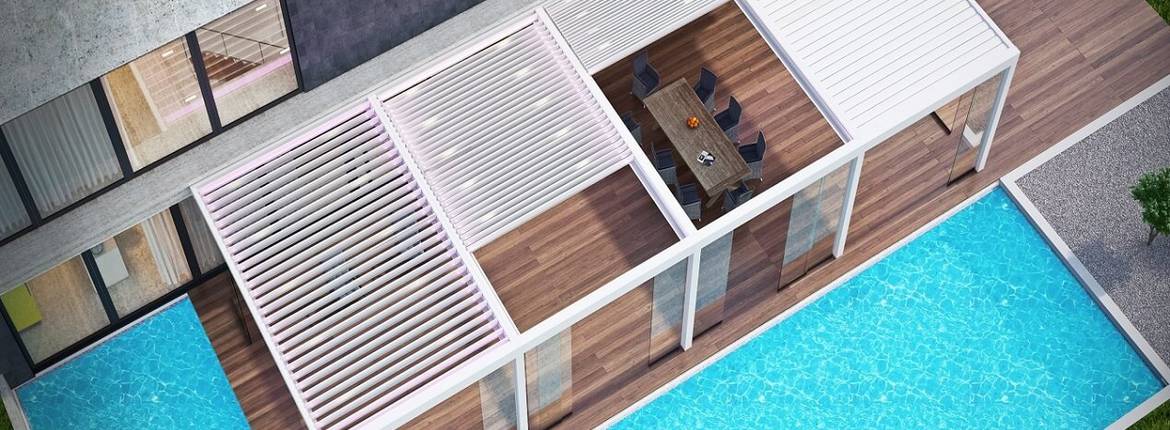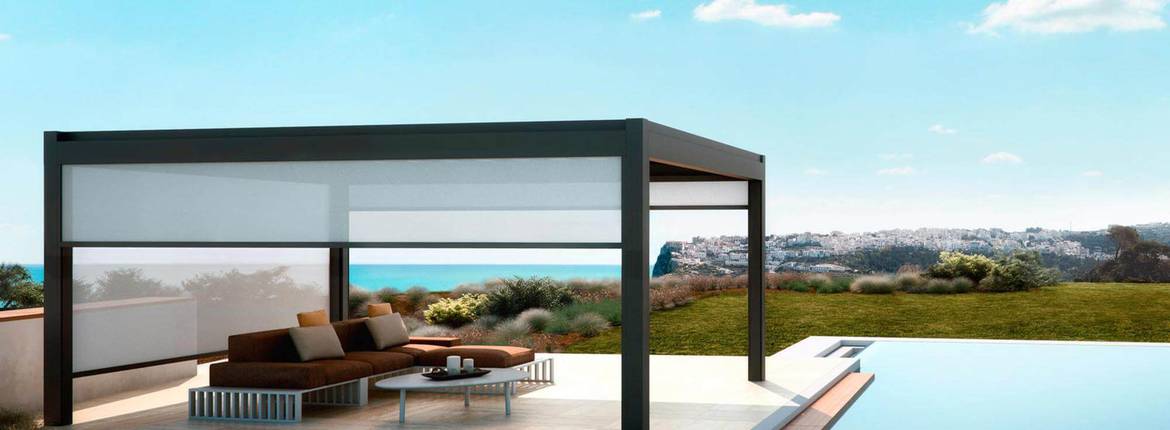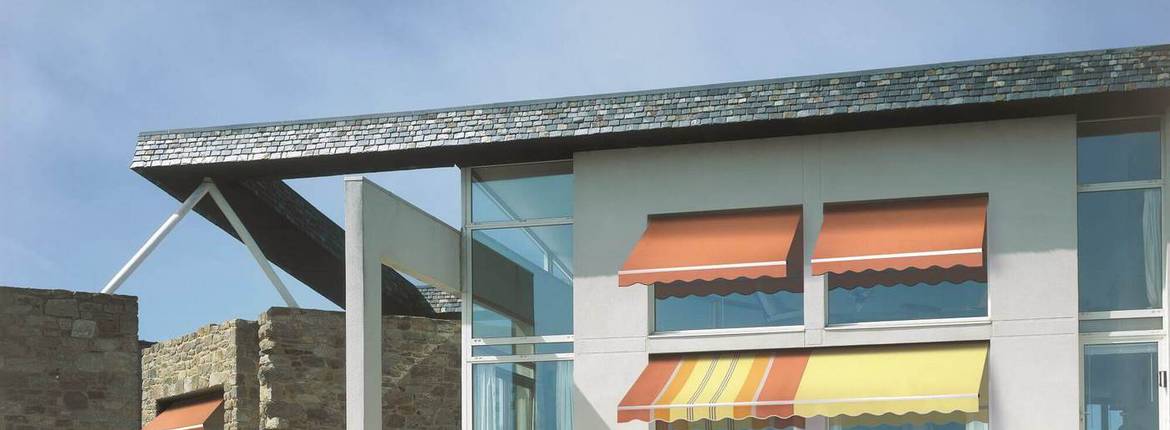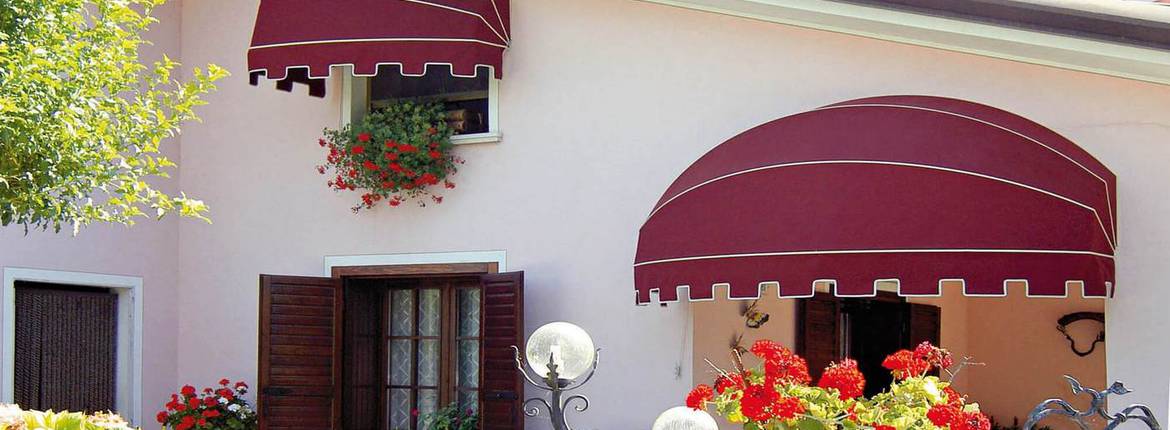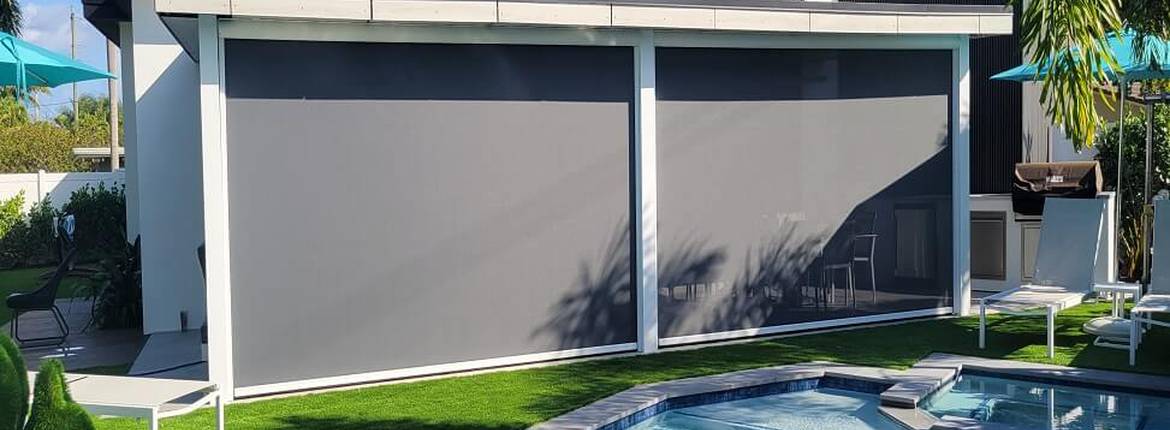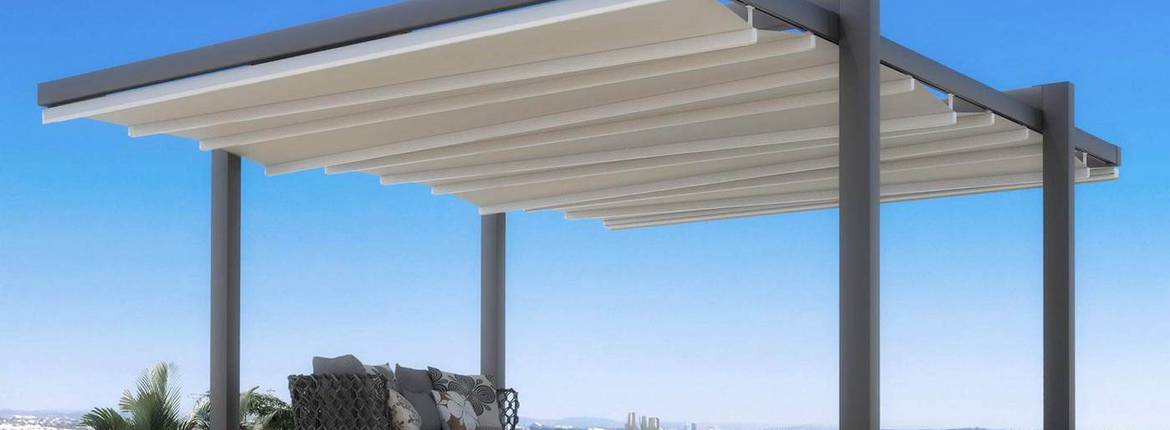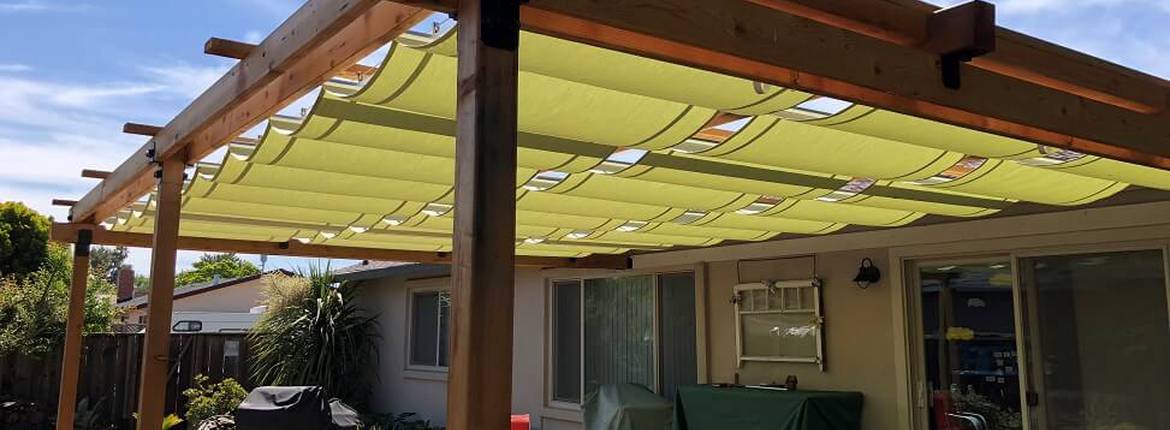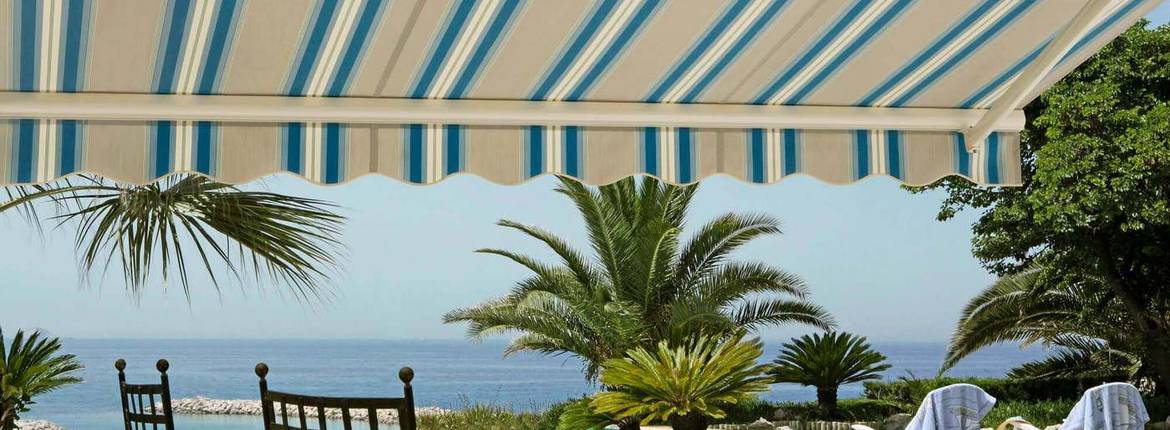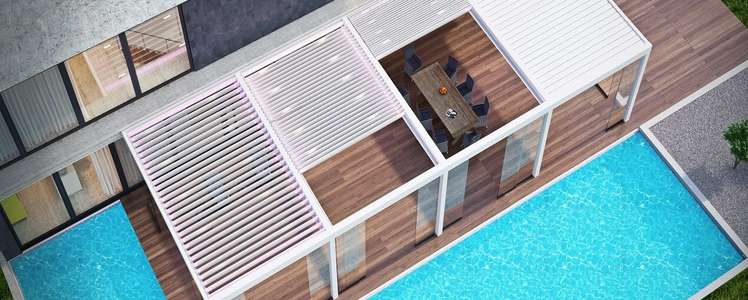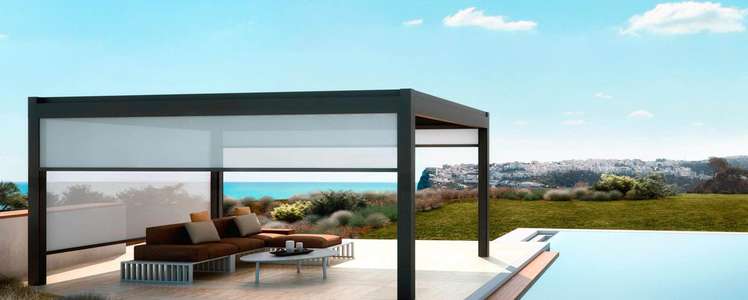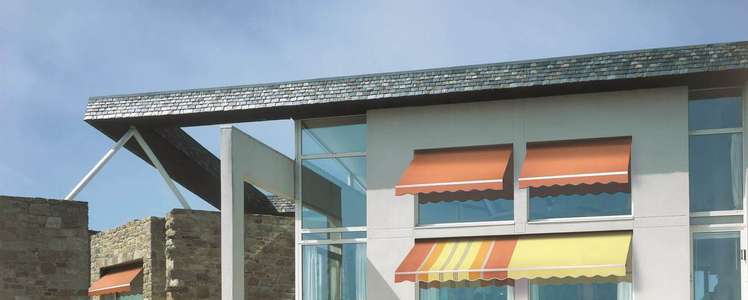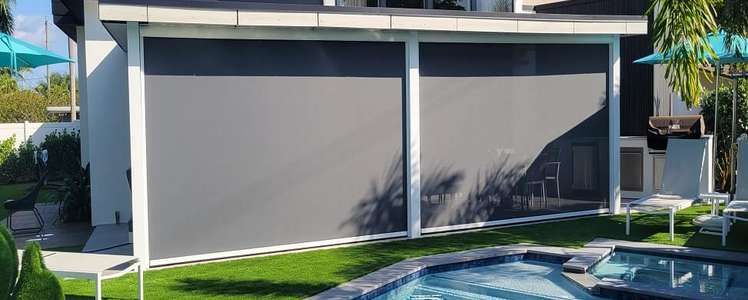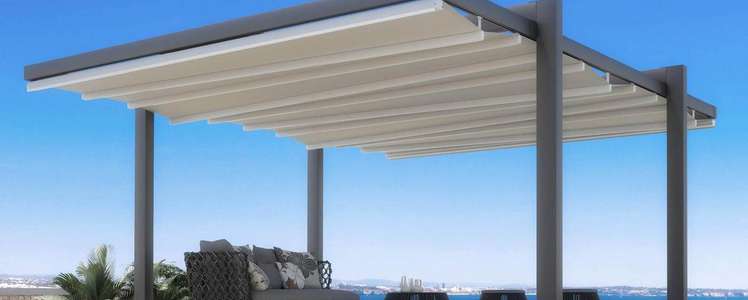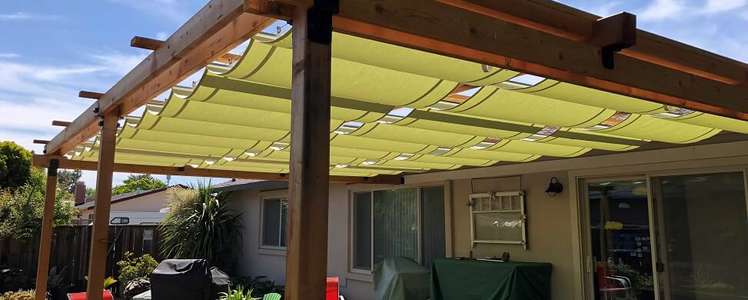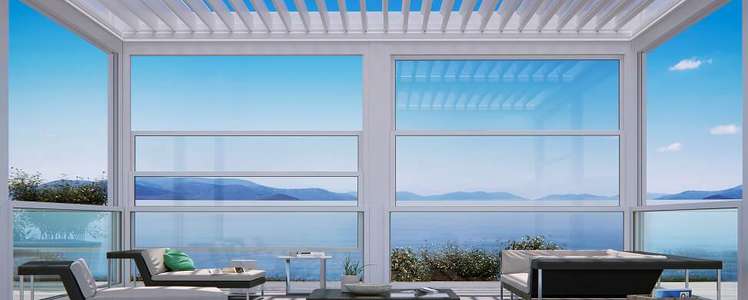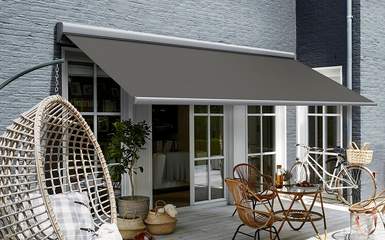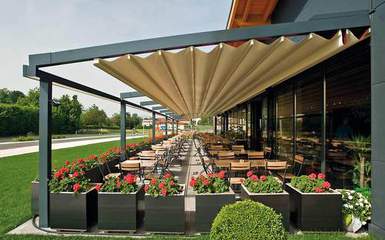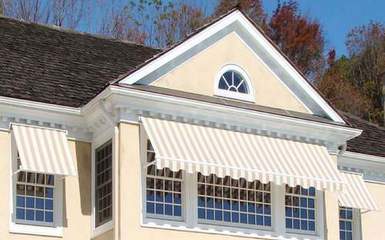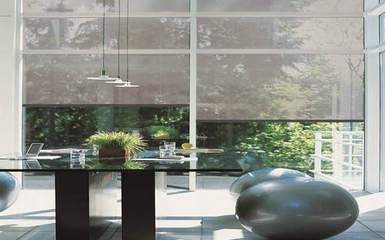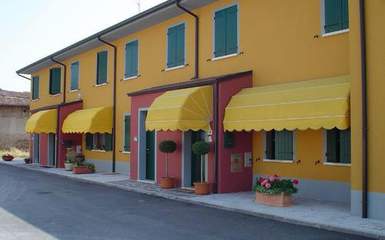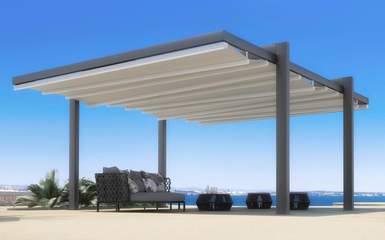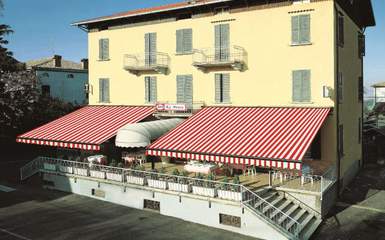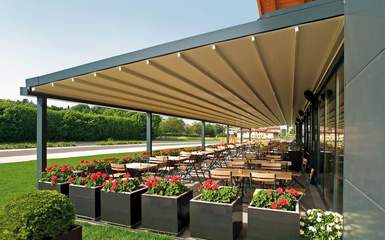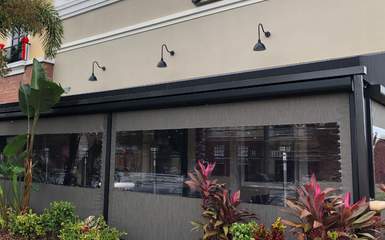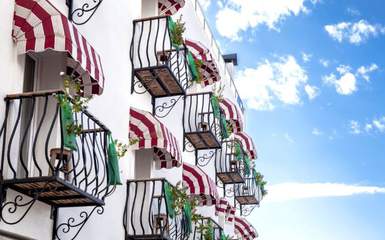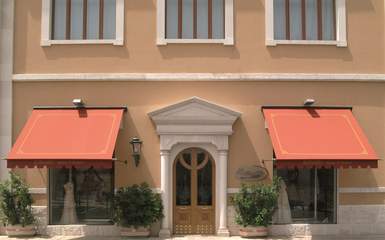Window awnings make a beautiful outdoor enhancement to any home or building. If you are looking to be more environmentally friendly, a smart addition is retractable awnings. There are also real money savings you or your client can achieve by strategically adding awnings on the windows.
In this blog, we will show you the types of awnings that are available today and how window awnings save energy, keep your home or commercial building cool, lessen the environmental footprint, and save you or your client's money.
Table of Contents
-
Stationary or Retractable Awnings
-
The Actual Costs of Energy Losses
-
Awnings Help Reduce Heat In The Summer
-
Retractable Awnings Help Reduce Energy Costs In The Winter
-
Pay attention to the awning type
-
Awnings save energy on air conditioning the air conditioner
-
Conclusion
-
Energy-Saving Window Awnings
Stationary or Retractable Awnings
When making the choice of what type of energy-efficient awnings to install, you generally need to calculate the up-front price versus the long-term savings. Since fixed awnings have no moving parts, they generally cost less than their retractable counterparts. This can pose two potential downsides over the life of the awning:
-
They tend to wear out and fade more quickly since they are exposed to the elements 24/7
-
They block the sun from entering your windows at a time when you may actually want that free heating energy like in the winter months
Retractable awnings can be manually operated or they can be automatic. Manually operated awnings save money in the short term because of reduced acquisition costs due to fewer moving parts and no motor cost. They still offer the advantage of not being exposed to the elements at all times like a stationary awning thus preserving their good looks and longer useful life.
Automatic awnings offer the advantage of “one-click” operation, saving time and effort when extending and retracting the awnings. In addition, some automatic awnings can be set to automatically retract during rainy or windy weather, and extend when the sun is beaming down thus relieving you or your client the chore of having to remember to do this task.
The Actual Costs of Energy Loss
Most of us understand that when our living or office space is cooler, the air conditioner is going to run less, thus saving us money and reducing the negative impact on the environment. Beyond those awning energy savings, it is important to factor in how awnings can affect how much energy consumption there is in cooling our spaces, especially when non-green energy is used to do the work.
The typical home in our country releases roughly two tons of carbon dioxide during the process of air-conditioning the house. So it stands to reason that if you install well-made awnings to keep your home or business building from getting too warm in the first place, you can see how effective awnings can be in reducing the environmental impact as well.
Awnings Help Reduce Heat In The Summer
You may already understand that if less sun gets in, there is less need to continually cool the place down but the statistics may surprise you. During summer months a typical air conditioning unit uses roughly 16% of the energy used by the home, yet strategically placed window awnings reduce your air-conditioner usage by up to 20%.
In more specific terms, awnings can reduce solar heat gain by up to 65% for windows that face south and by up to 75% for windows that face west. As you can see from these numbers, strategically placing awnings can not only save you money on your installation but give the maximum return on the investment over time.
Retractable Awnings Help Reduce Energy Costs In The Winter
When you think of an awning you may only see the benefits they provide in the hot summer months, yet awnings can provide you and your client's benefits year-round. A sturdy and well-built awning can help protect windows from the harsh wind and snow of winter months.
When you or your client install a retractable awning, you can create the same energy savings and lower environmental impact in the winter as you do in the summer. When the sun is shining down, simply retract the awnings and allow this free solar heating to enter your windows thus reducing your need to use costly energy heating your space. As an added bonus, the canopy of awnings can help to trap heat around windows to keep the space warmer at all times of the day.
Pay attention to the awning type
While it certainly makes sense to choose an awning based on the aesthetics building, it is also important to think about how different styles of awnings perform. Most manufacturer’s awning products are built with fabric that is resistant to water, fire, and staining but there is more than just that to consider.
Light-colored awnings will reflect sunlight better while darker ones will tend to absorb light energy. Since both will do an excellent job of shading windows from sunlight in the summer months, if your goals include retaining heat during the winter, a darker awning may be a better choice.
Awnings save energy on air conditioning
We have talked extensively about how energy-efficient awnings can save you money but you may be surprised to learn just how cost-effective they can be. In somewhat cooler climates of the north, you can see savings of about $100 per month but in hotter southern and western climates those savings can be almost double that amount!
Many people think that if they shade air-conditioner, such as with an air-conditioner awning, it stands to reason that the unit will not have to work as hard or as long. The reality is that this type of shading does not do much to decrease the air temperature around the unit which is the single biggest factor in how efficiently your air conditioner will work.
We have already discussed how awnings can save energy when heating or cooling your space. The table below shows the amount of energy saved by using a drop arm a/k/a sidearm retractable awning.
The table below highlights what position the awning is in, what part of the country, north, central or south, the awning is installed and the amount of heating/cooling energy that is saved expressed in gigajoules (GJ).
The numbers below represent the amount of energy a typical HVAC unit would need to expend to achieve the same result as the awning provides.
|
Awning Position
|
North Zone, GJ
|
Center Zone, GJ
|
South Zone, GJ
|
|
Open
|
82/10
|
43/15
|
12/35
|
|
Half-Open
|
87/5
|
55/8
|
13/26
|
|
Closed
|
97/3
|
63/6
|
17/22
|
Conclusion
Awnings are a fantastic choice to improve both the look and the function of any home or building. Not only can they add a touch of aesthetic flair, but they also offer a tremendous function of saving energy consumption thus saving you or your client money.
If you have made the decision that a retractable awning is a great investment for you, nobody has a larger selection of awnings than RetractableAwnings.com. Visit our products page to see our full line of attached and free-standing awnings and find the perfect awning for you or your client. Here are just a few examples of the wide variety of retractable awnings we offer to fit any need or budget.
Energy-Saving Window Awnings
|
Product Name
|
Width Range
|
Max Wind Speed
|
Can be left open in the rain
|
Manual or Automatic
|
|
|
Colosseo
|
20 ft.
|
Light Winds
|
Yes in Light Rain
|
Manual
|
Learn More
|
|
Livorno
|
13 ft.
|
Heavy Winds
|
Yes in Heavy Rain
|
Manual or
Automatic
|
Learn More
|
|
Palermo
|
52 ft.6 in.
|
Light Winds
|
Yes in Light Rain
|
Manual or Automatic
|
Learn More
|
|
Trieste
|
16 ft. 4 in.
|
Heavy Winds
|
Yes in Heavy Rain
|
Manual or Automatic
|
Learn More
|
![Folding Arm Awnings Folding Canopies]()
![Retractable Pergola Covers Awnings]()
![Retractable Drop Arm Awnings]()
![Retractable Patio Screens and Vertical Drop Awnings]()
![Retractable Window Awnings]()
![Retractable Free Standing Awnings and Canopies]()
![Retractable Lateral Arm Awnings]()
![Retractable Pergola Roof Covers]()
![Retractable Side Arm | Drop Arm Awnings]()
![Power Retractable Screens]()
![Retractable Canopies for Commercial Buildings]()
